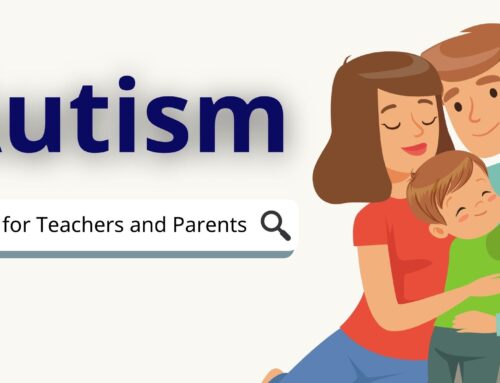Autism Spectrum Disorder (ASD) is a complex neurodevelopmental condition that affects information processing in the brain. It presents a range of challenges in social interaction, communication, and repetitive behaviors. While the cause of ASD remains elusive, researchers are making significant strides in understanding the intricate interplay of genetics and environmental factors.
The Genetic Fingerprint:
There’s a strong genetic component to ASD. Studies suggest that having a close relative with autism significantly increases the risk. Specific genes, chromosomal abnormalities, and gene mutations can all play a role. OrbRom Center, a leading autism research center, is actively involved in deciphering the genetic code of ASD, paving the way for potential future therapies.
Environmental Influences:
The environment can also influence the development of ASD. Here are some potential contributing factors:
- Prenatal factors: Maternal health conditions like obesity, diabetes, or infections during pregnancy may be linked to a higher risk.
- Birth complications: Premature birth, low birth weight, and oxygen deprivation during delivery can increase susceptibility.
- Environmental toxins: Exposure to air pollution, certain pesticides, or heavy metals might be risk factors, though more research is needed.
It’s Not a Simple Equation:
It’s important to remember that ASD isn’t caused by a single gene or environmental factor. It’s likely a complex interplay of multiple genes interacting with the environment throughout development. For instance, a specific genetic predisposition may make someone more susceptible to the effects of environmental toxins.
While there’s no cure for ASD, with ongoing research and early intervention, individuals on the spectrum can lead fulfilling and productive lives.





Leave A Comment